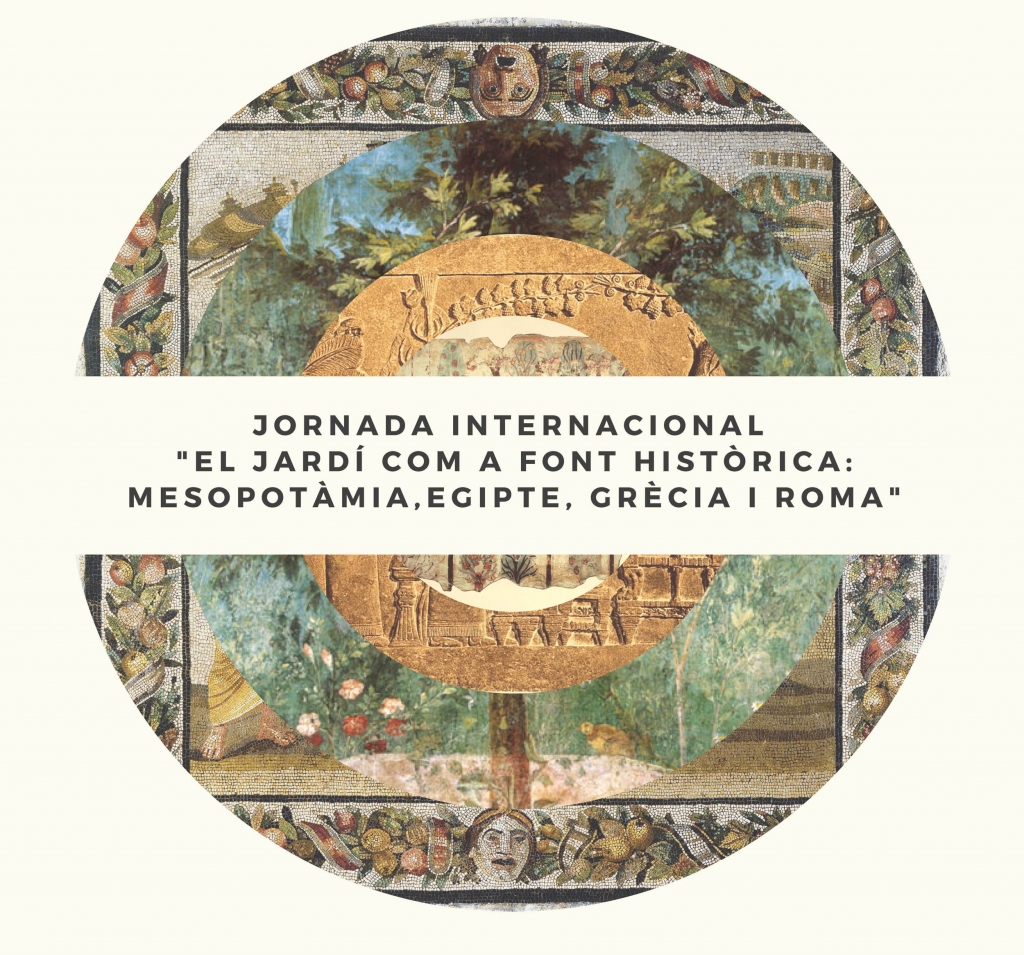
What can we learn from the gardens of different times and ages? In this international seminar we will be taking a look at what the earliest gardens in the western tradition were like, and how we can use them to discover fundamental aspects of the time in which they were built. We will be using ancient gardens as sources of history.
Gardens could be considered as unwritten documents on the links between man and nature, and which describe how these connections have changed over the course of history. Thus, the garden represents a portrayal of the ways in which the elements around us are controlled and domesticated: the physical terrain of the land, water, animals and plants. At first, gardens were merged with the origins of agriculture and the control of the medium, as we can see from the visual and written descriptions that have survived to the present day of the gardens of Mesopotamia and Egypt. However, we do not only find plants in a garden; it is not an orchard with ornamental spaces, it is a space that is charged with symbology in which art, culture and the thinking a society or a specific culture is all condensed. Very often, as in classical Greece, it was a sacred space organised around temples and places of worship and reflection. Mankind has always viewed the garden as an idyllic place, the representation of an idealised world, a stimulus for the senses, like the leisure gardens at the Roman villas. And at the same time, the garden provides places and situations to calm the mind and heal the body. Rome, which was inspired by Greek gardens, turned private gardens into areas of luxury for expressing the owner’s social standing, and in point of fact this is something that has taken place in all cultures throughout time. We aim to study ancient gardens in a global, interdisciplinary manner. Botany can tell us what ancient gardens were like, thereby providing us with the “what”, but we also need to take a historical approach in order to understand the “why”. Ancient gardens give us information about the economic standing of the owners and their aesthetic preferences and fashions, all of which they wanted to transmit to their contemporaries.
It was the aesthetic models of Greco-Roman gardens that inspired Renaissance and neoclassical gardens, and the impact these have had on today’s society is enormous. Exploring and examining ancient gardens is by no means a trivial activity, given that they were sources of pleasure in ancient times, in the same way that they are now sources of knowledge for us.